Home>Ideas and Tips>How To Design A Rain Garden With Native Plants
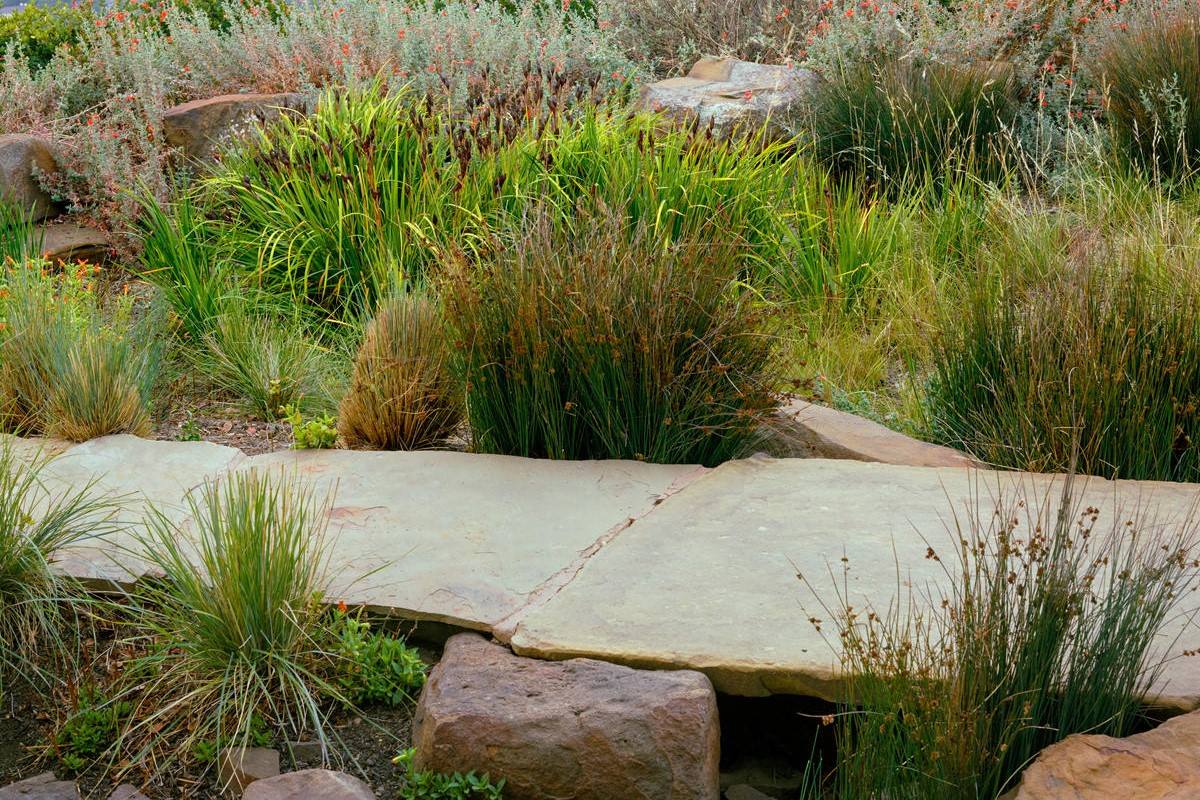

Ideas and Tips
How To Design A Rain Garden With Native Plants
Modified: October 27, 2024
Learn how to design a rain garden with native plants to manage stormwater, prevent erosion, and create a sustainable, low-maintenance landscape.
(Many of the links in this article redirect to a specific reviewed product. Your purchase of these products through affiliate links helps to generate commission for Storables.com, at no extra cost. Learn more)
Introduction
Rain gardens are an excellent way to manage stormwater runoff, reduce the risk of erosion, and create a beautiful and sustainable landscape. By incorporating native plants, you can enhance the ecological benefits of your rain garden while also ensuring that it blends harmoniously with its surroundings. In this article, we will guide you through the process of designing a rain garden with native plants, covering everything from selecting the right location to maintaining your new garden.
What is a Rain Garden?
A rain garden is a shallow depression in the ground that collects and filters rainwater runoff from hard surfaces like roofs, driveways, and sidewalks. Unlike traditional gardens, rain gardens are designed to hold water temporarily before it slowly drains into the soil and groundwater. This process helps to reduce the amount of stormwater that enters nearby waterways, thereby preventing erosion and pollution.
Benefits of Rain Gardens
- Stormwater Management: Rain gardens intercept and filter rainwater runoff, reducing the amount of pollutants that enter surface waters.
- Erosion Prevention: The deep roots of native plants help hold soil in place, preventing erosion and landslides.
- Biodiversity: Rain gardens attract birds, butterflies, and other wildlife by providing a habitat rich in native plants.
- Low Maintenance: Once established, rain gardens require minimal watering and maintenance, making them an ideal choice for busy homeowners.
Choosing the Right Location
When selecting a location for your rain garden, consider the following factors:
- Drainage: Look for areas where rainwater naturally collects or flows from hard surfaces like roofs, driveways, and sidewalks.
- Sunlight: Most plants require sunlight to thrive, so choose a spot that receives adequate sunlight based on your plant selection.
- Soil Type: Avoid areas with clay soil as it inhibits drainage; instead, opt for spots with well-draining soil.
- Water Flow: Position your rain garden in a way that allows water to flow into it naturally from surrounding hard surfaces.
Designing Your Rain Garden
Step 1: Assessing Your Site
Before you start digging, assess your site to determine the best location and orientation for your rain garden.
- Rainfall Patterns: Observe how rainfall enters your garden area and position it accordingly.
- Shadow Patterns: Consider how shadows will fall throughout the day in different orientations, especially for sun gardens.
Step 2: Excavating the Site
- Selecting the Area: Choose an area that meets your criteria and is easily accessible for maintenance.
- Creating a Shallow Depression: Dig a shallow depression about six inches deep. This depth allows for proper drainage while providing enough water for plants to thrive.
- Loosening Subsoil: Loosen the subsoil in your garden without making it smooth or even. Varying depths will help water flow into different areas of the garden.
Step 3: Preparing the Soil
- Removing Topsoil: Remove topsoil and store it separately from other soil material.
- Adding Compost: If necessary, amend the soil with compost to improve drainage and fertility.
- Avoiding Clay Soil: Be cautious of clay soil which can inhibit drainage; add compost if you have heavy clay soil.
Step 4: Planting Native Plants
Native plants are preferred for rain gardens because they are well-suited to local conditions and benefit wildlife:
- Plant Selection: Choose plants that offer a diversity of both deep and fibrous root systems to make the soil more permeable.
- Planting Zones: Divide your rain garden into three zones:
- Lowest Zone: This area will hold water most often and should be planted with plants that can tolerate standing water.
- Middle Zone: This zone will have water up to a few inches but drain more quickly; plant species that can handle periodic flooding.
- Upper Zone: This transition zone will only receive water infrequently during heavy rains; plant species that prefer well-drained soil.
Example Plant List for Sun and Shade
Sun Garden Plants
- Black-eyed Susan (Rudbeckia hirta) – A daisy-like flower that attracts butterflies and bees.
- Bee Balm (Monarda didyma) – Attracts hummingbirds and butterflies with its red, pink, or purple flowers.
- Joe Pye Weed (Eutrochium maculatum) – A tall perennial that attracts butterflies and bees.
- Goldenrod (Solidago spp.) – Often misunderstood as causing allergies; it’s actually a beneficial plant for pollinators.
- Butterfly Milkweed (Asclepias tuberosa) – A vital food source for monarch butterflies.
Shade Garden Plants
- Wild Geranium (Geranium maculatum) – A perennial with pink or purple flowers that attract pollinators.
- Eastern Columbine (Aquilegia canadensis) – A delicate perennial with red and yellow flowers that attract hummingbirds.
- Woodland Phlox (Phlox divaricata) – A low-growing perennial with pink or purple flowers that attract butterflies and bees.
- Bluebells (Mertensia virginica) – A low-growing perennial with blue flowers that attract pollinators.
- Virginia Bluebells (Mertensia virginica) – Similar to bluebells but with a more vibrant blue color.
Maintenance Tips
- Initial Maintenance: During the first year after planting, ensure that your rain garden receives adequate water but avoid overwatering which can lead to mosquito breeding.
- Weeding: Regularly weed out undesirable plants to prevent competition with native species.
- Mulching: Add a layer of hardwood mulch to retain moisture and suppress weeds; be prepared for some mulch movement during rain events.
- Cutting Back Foliage: In spring, cut back foliage from perennials to allow new growth while leaving some parts intact as seed sources for over-wintering birds and butterflies.
Addressing Common Concerns
Native Plants vs. Cultivars
Native plants are preferred over cultivars because they are better adapted to local conditions and provide more benefits for wildlife:
- Pollinator Attraction: Native plants often attract more pollinators than their hybrid counterparts due to their natural chemical composition.
- Invasiveness: Some non-native plants can be invasive; choosing native species reduces the risk of invasive species taking over your garden.
Balancing Design Aesthetics
While native plants can provide a wild look, they don't have to be unkempt:
- Design Integration: Native plants can fit almost any design style from formal to naturalistic.
- Maintenance Considerations: Ensure that your maintenance routine complements your design aesthetic; regular upkeep will keep your rain garden looking its best.
Balancing Maintenance Needs
Maintenance is crucial for native plant gardens:
- Skilled Care: Finding skilled care personnel who understand native plant attributes is challenging; educate yourself or seek professional help if needed.
- Client Readiness: Some clients may be more ready for sustainable practices than others; start with small steps like reducing chemical use or seeding low-grow native lawn mixes.
Conclusion
Designing a rain garden with native plants is an excellent way to create a sustainable landscape that benefits both you and the environment. By following these steps—assessing your site, excavating and preparing the soil, planting native species, and maintaining your garden—you can enjoy a beautiful and functional rain garden that attracts wildlife while managing stormwater runoff effectively. Remember to choose plants that fit your local climate zone and ensure proper drainage to avoid mosquito breeding. With proper care and attention, your rain garden will thrive as a haven for biodiversity in your own backyard.
Additional Resources
For more detailed information on rain gardens and native plant selection, consider visiting the following resources:
- Almanac Guide to Rain Gardens: Provides detailed information on rain garden designs and plant lists for both sun and shade conditions.
- Missouri Botanical Garden Rainscaping Guide: Offers insights into sustainable solutions for managing stormwater runoff using elements similar to those found in nature.
- Penn State Extension Rain Gardens Basics: Provides a comprehensive guide on planning and constructing rain gardens with tips on soil preparation and plant selection.
By incorporating these tips into your design process, you'll be well on your way to creating a thriving rain garden that not only beautifies your landscape but also contributes positively to the environment.
Was this page helpful?
At Storables.com, we guarantee accurate and reliable information. Our content, validated by Expert Board Contributors, is crafted following stringent Editorial Policies. We're committed to providing you with well-researched, expert-backed insights for all your informational needs.
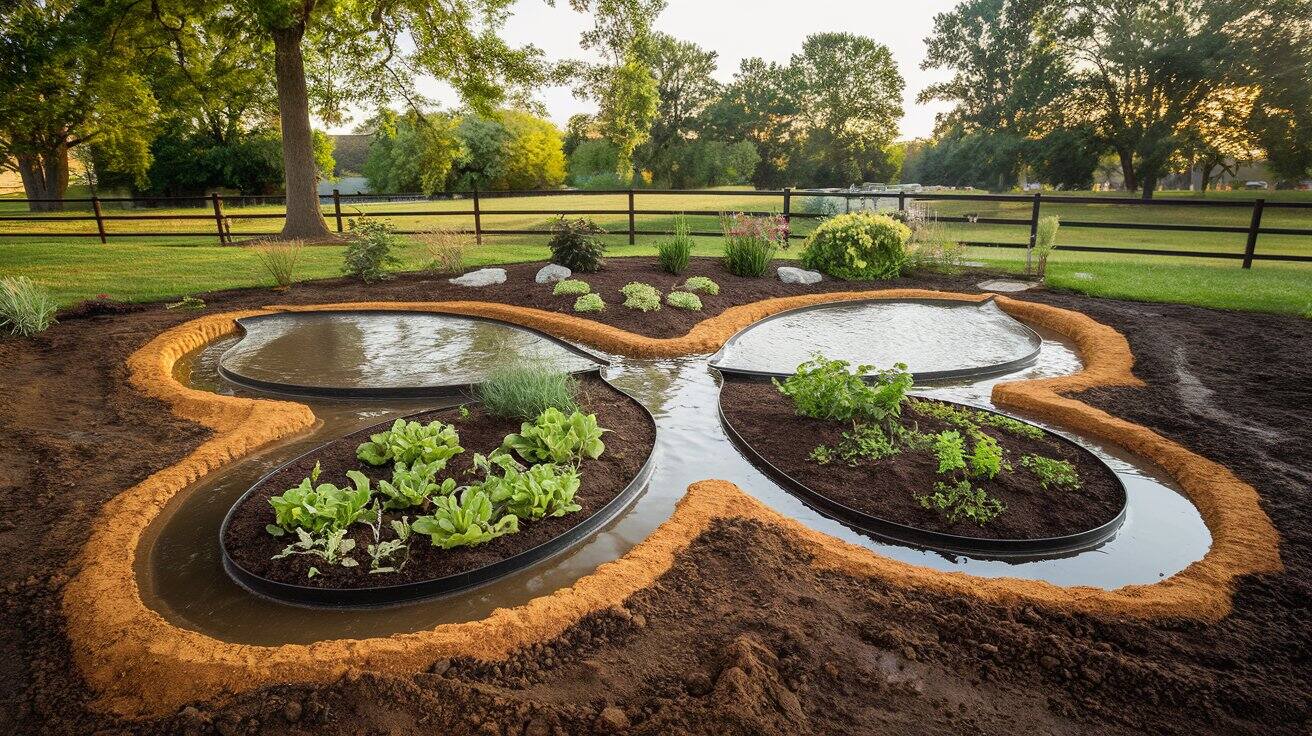
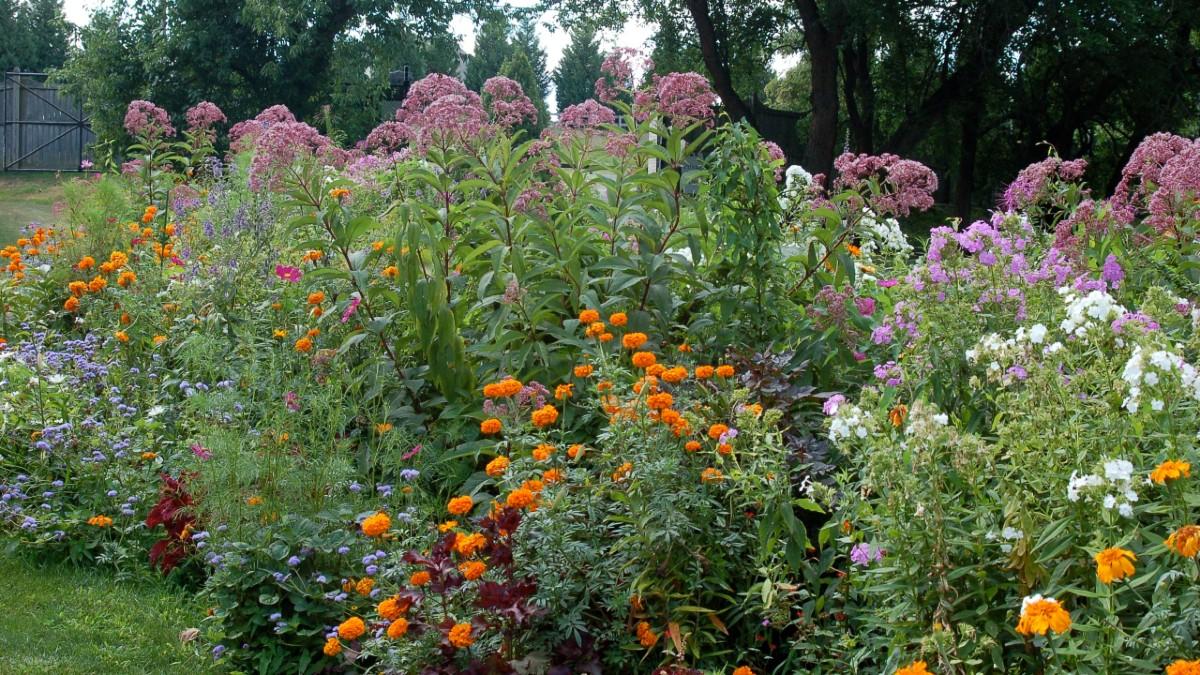
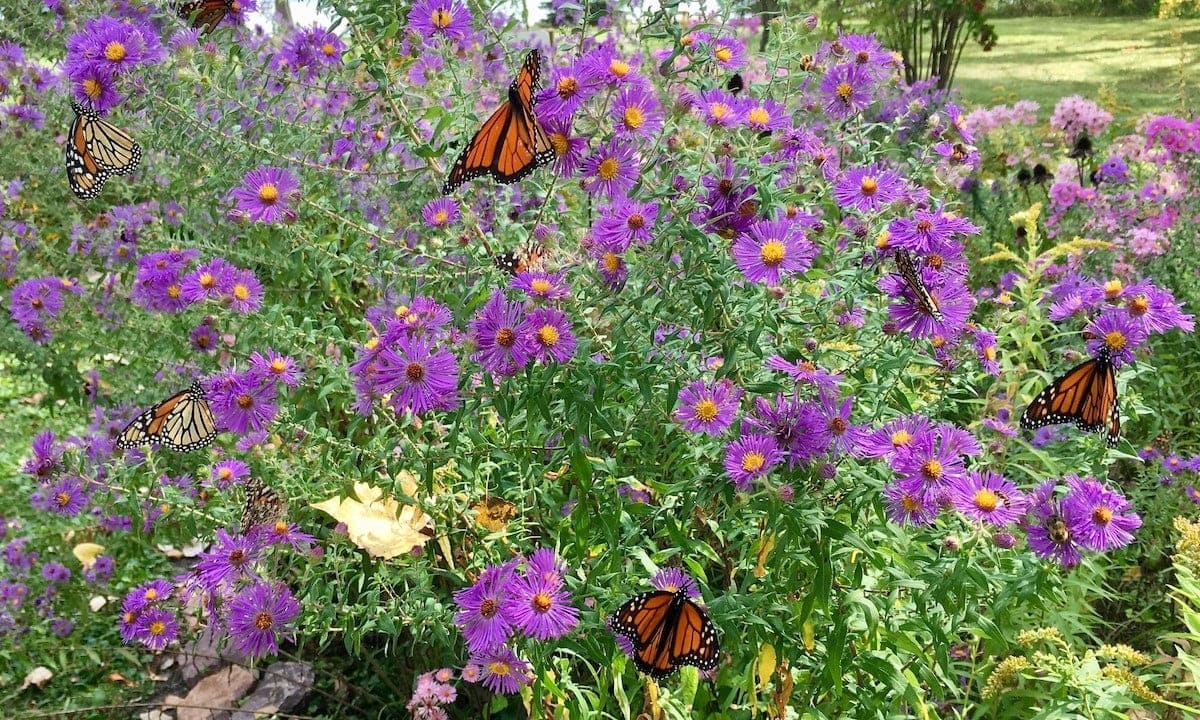
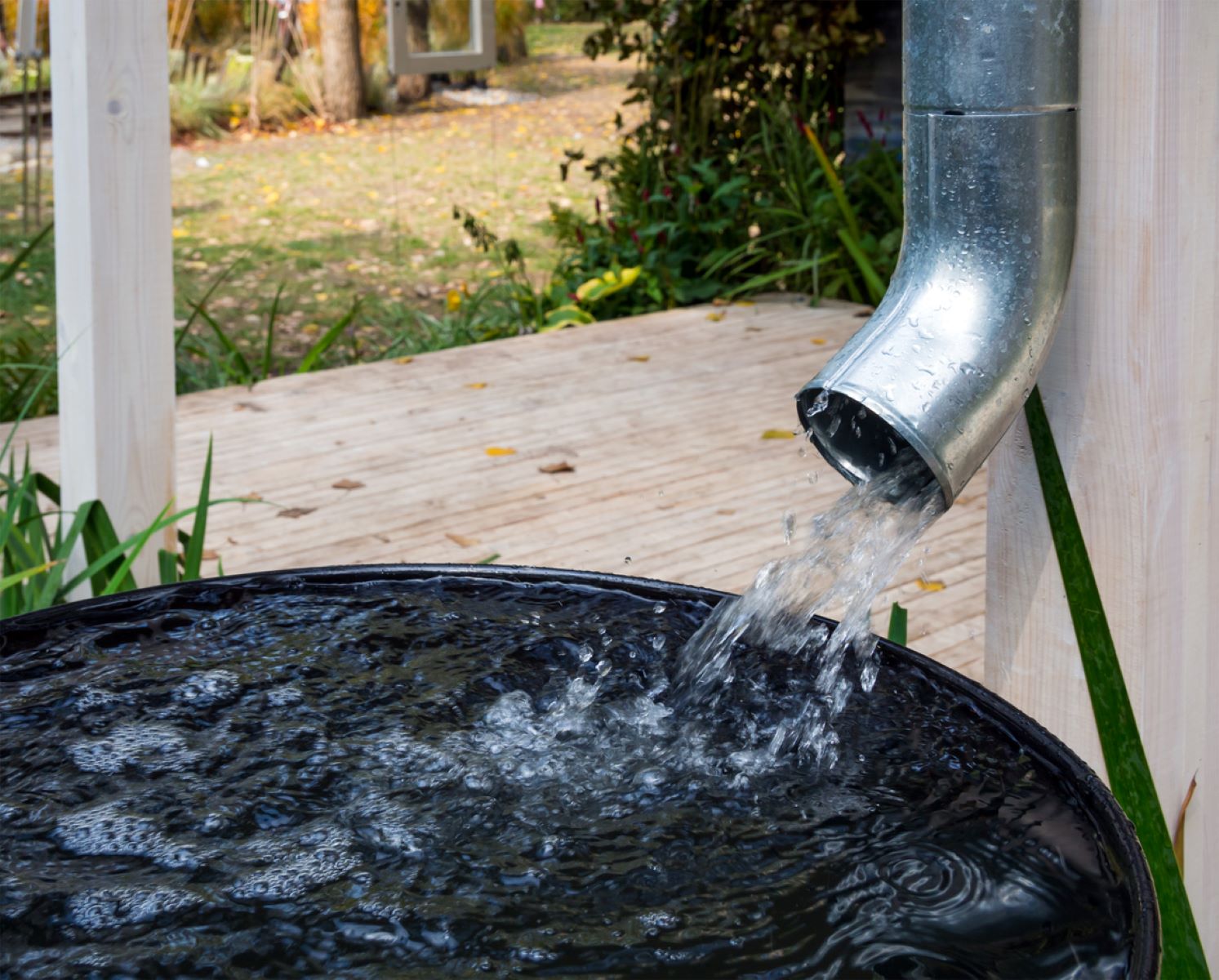
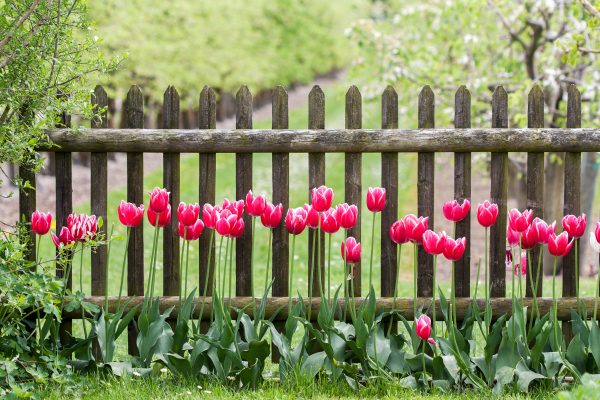
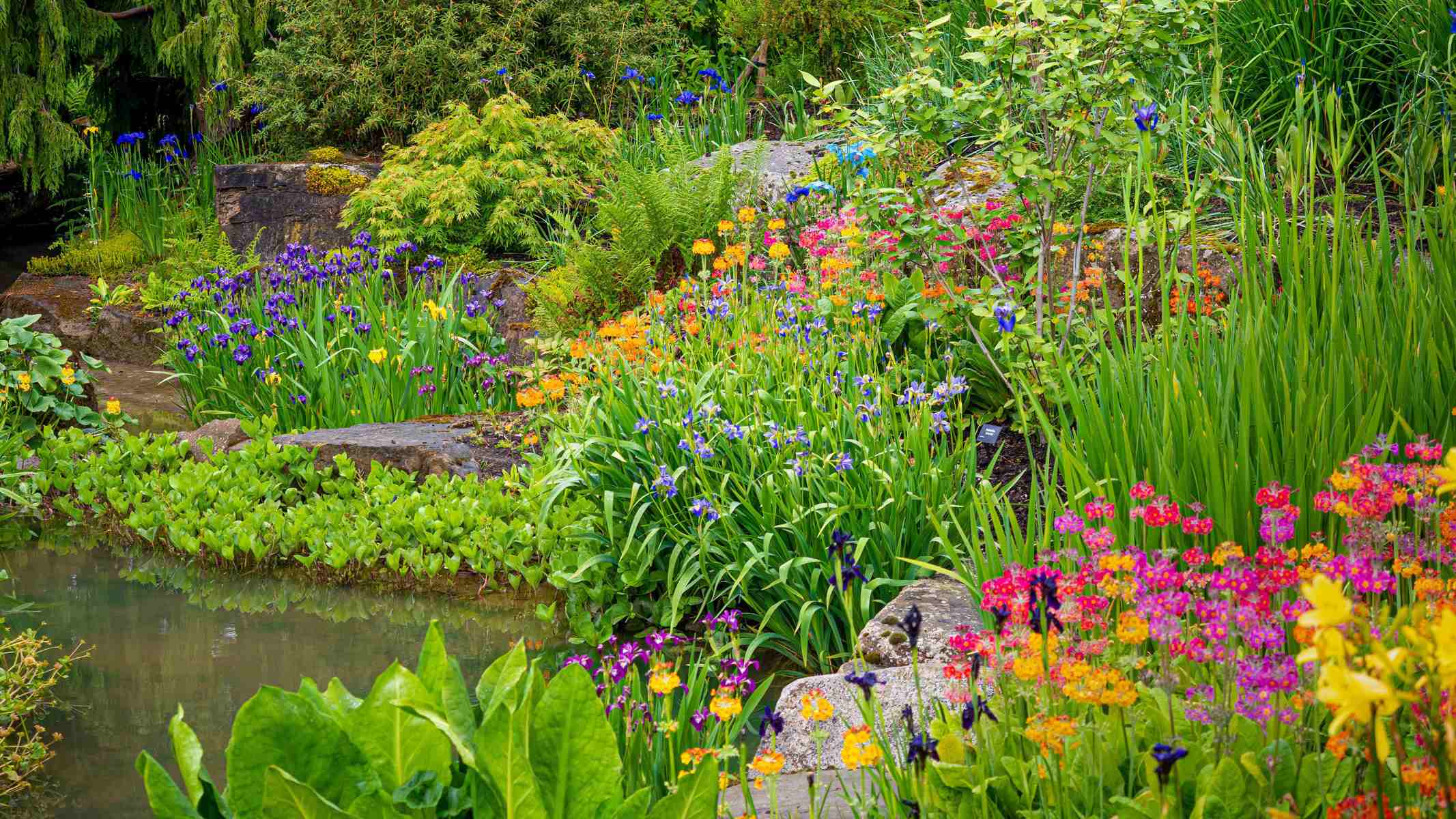
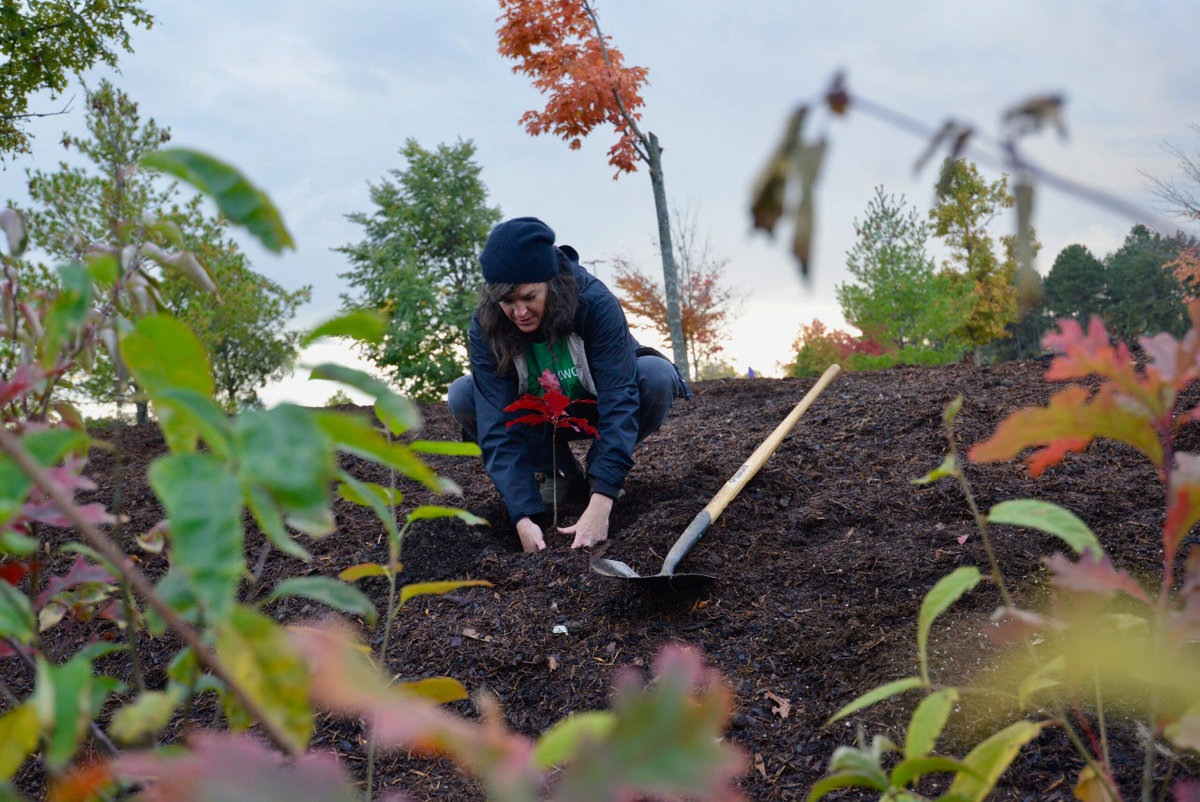
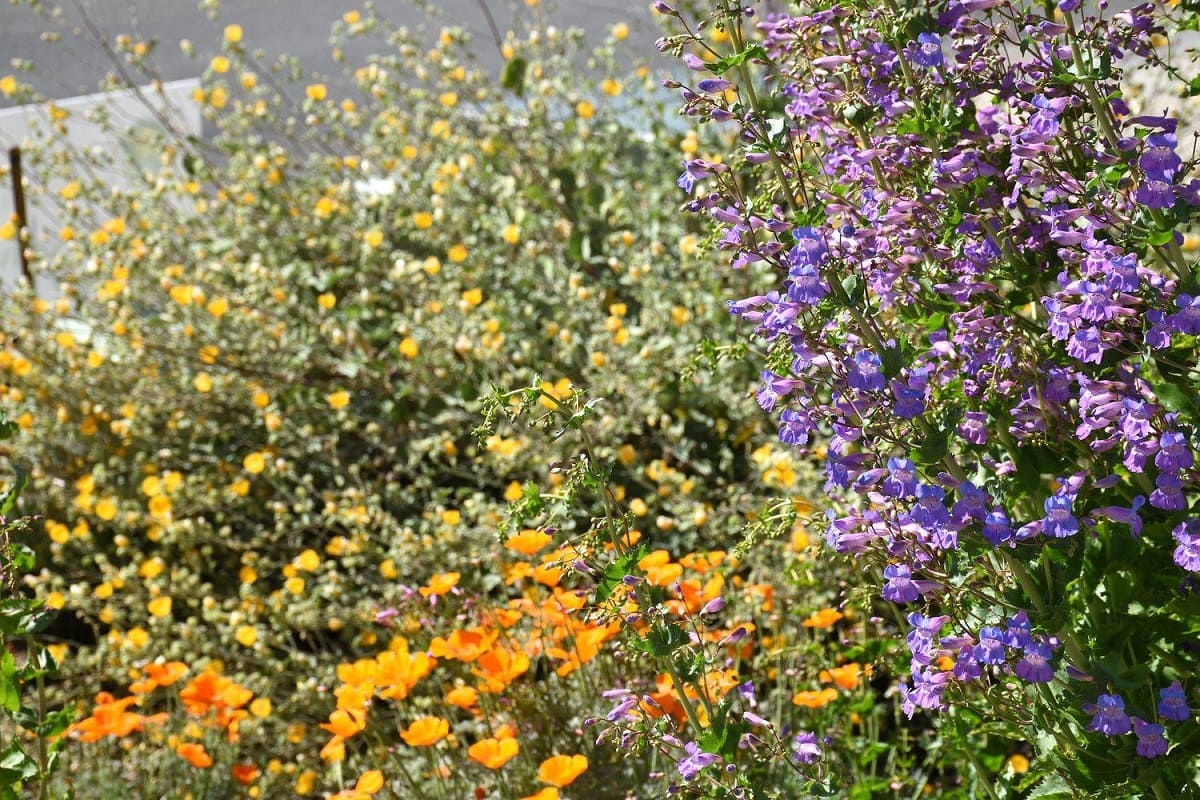
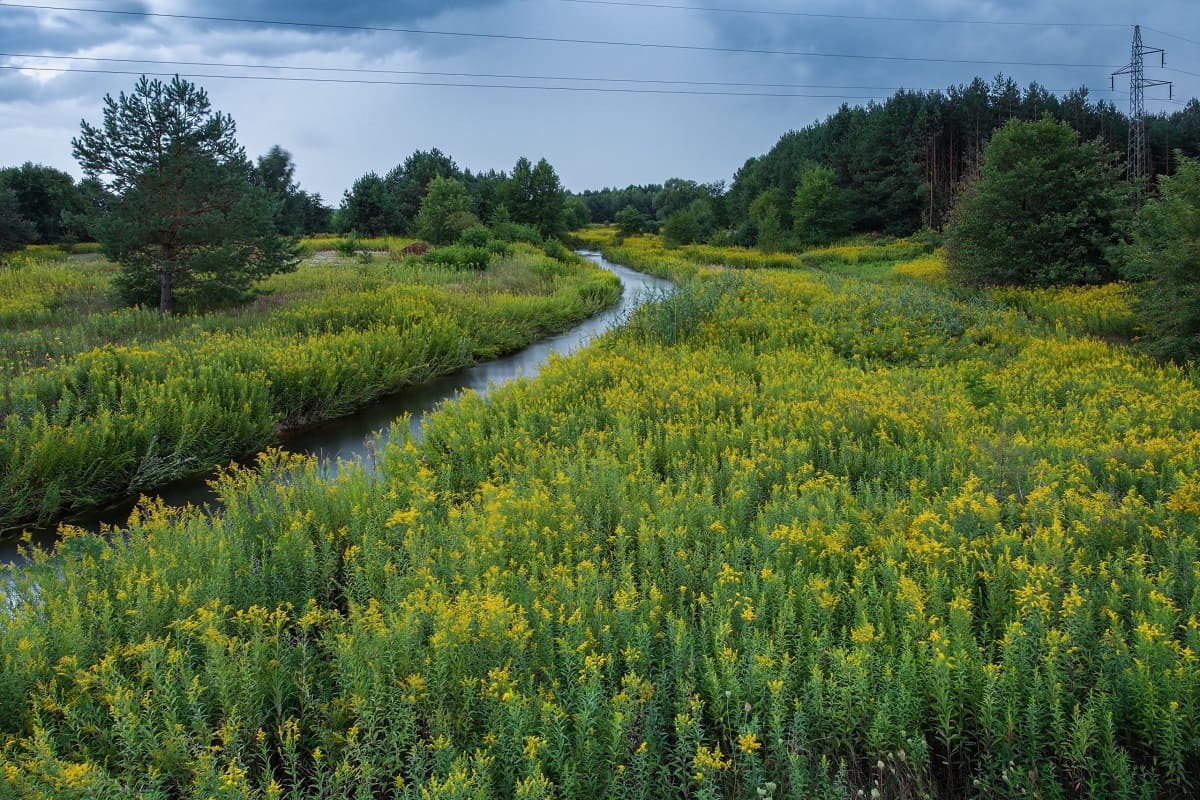
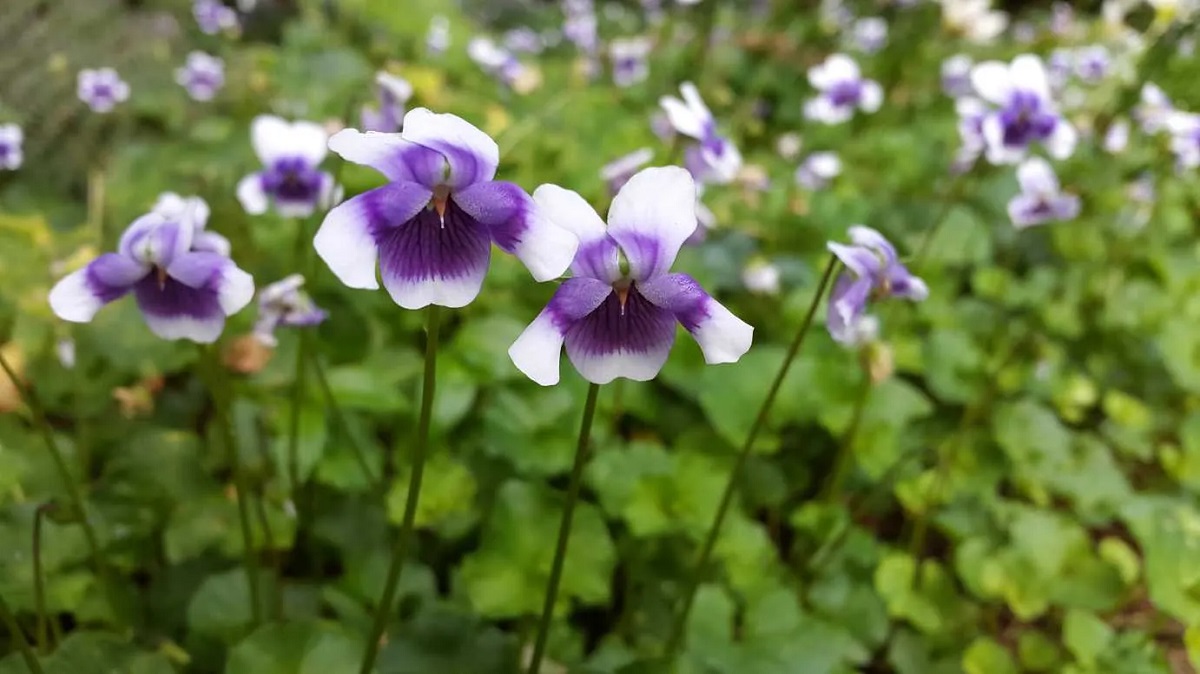
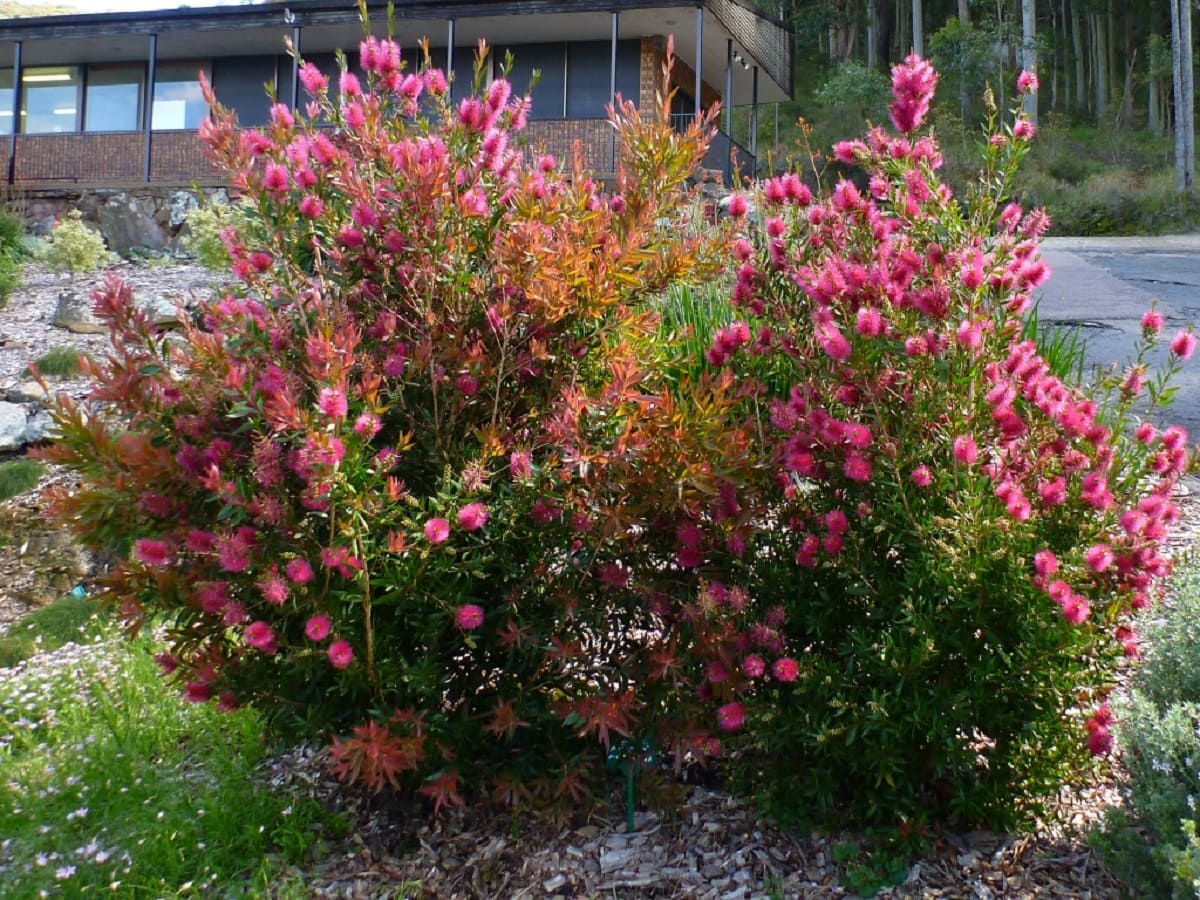
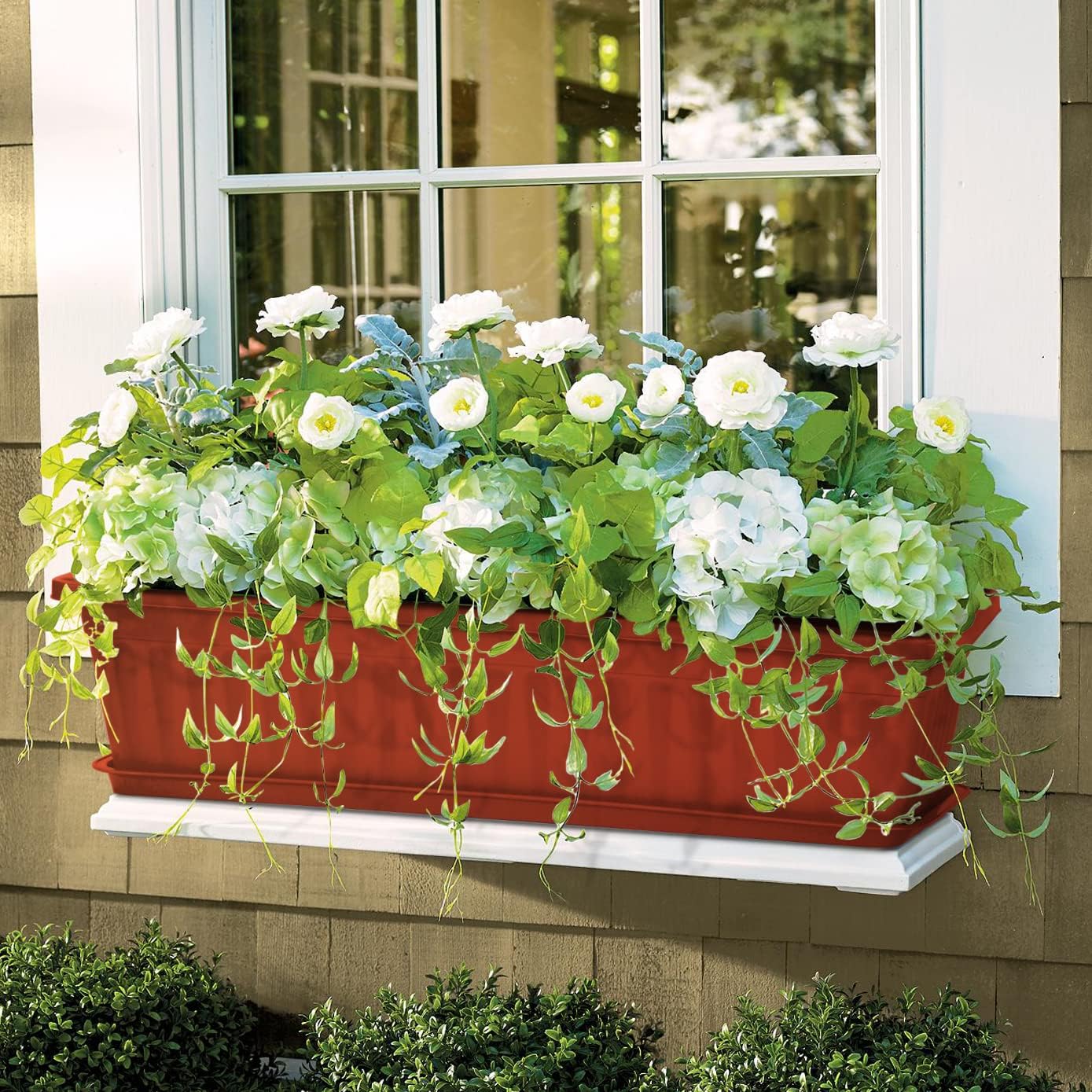

0 thoughts on “How To Design A Rain Garden With Native Plants”